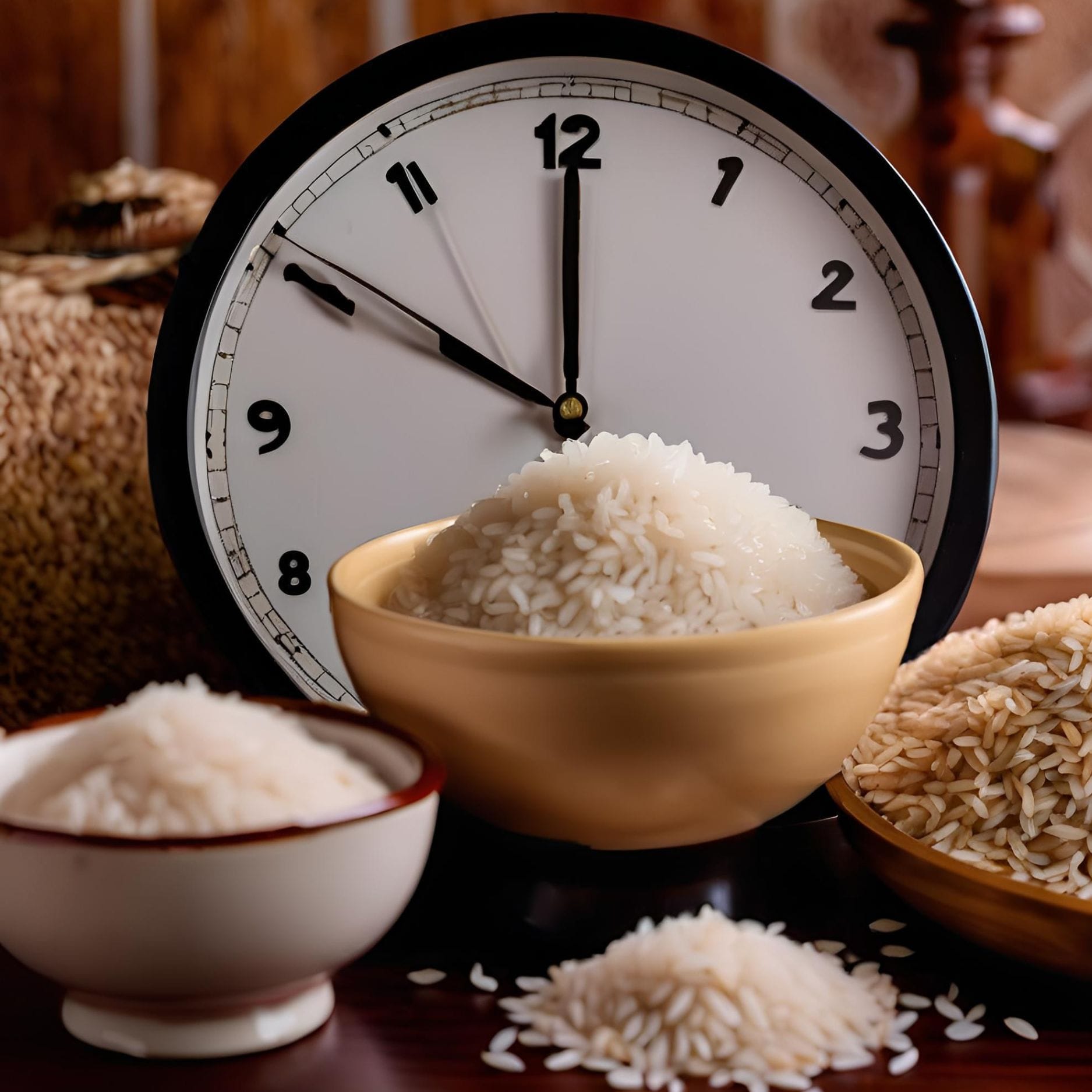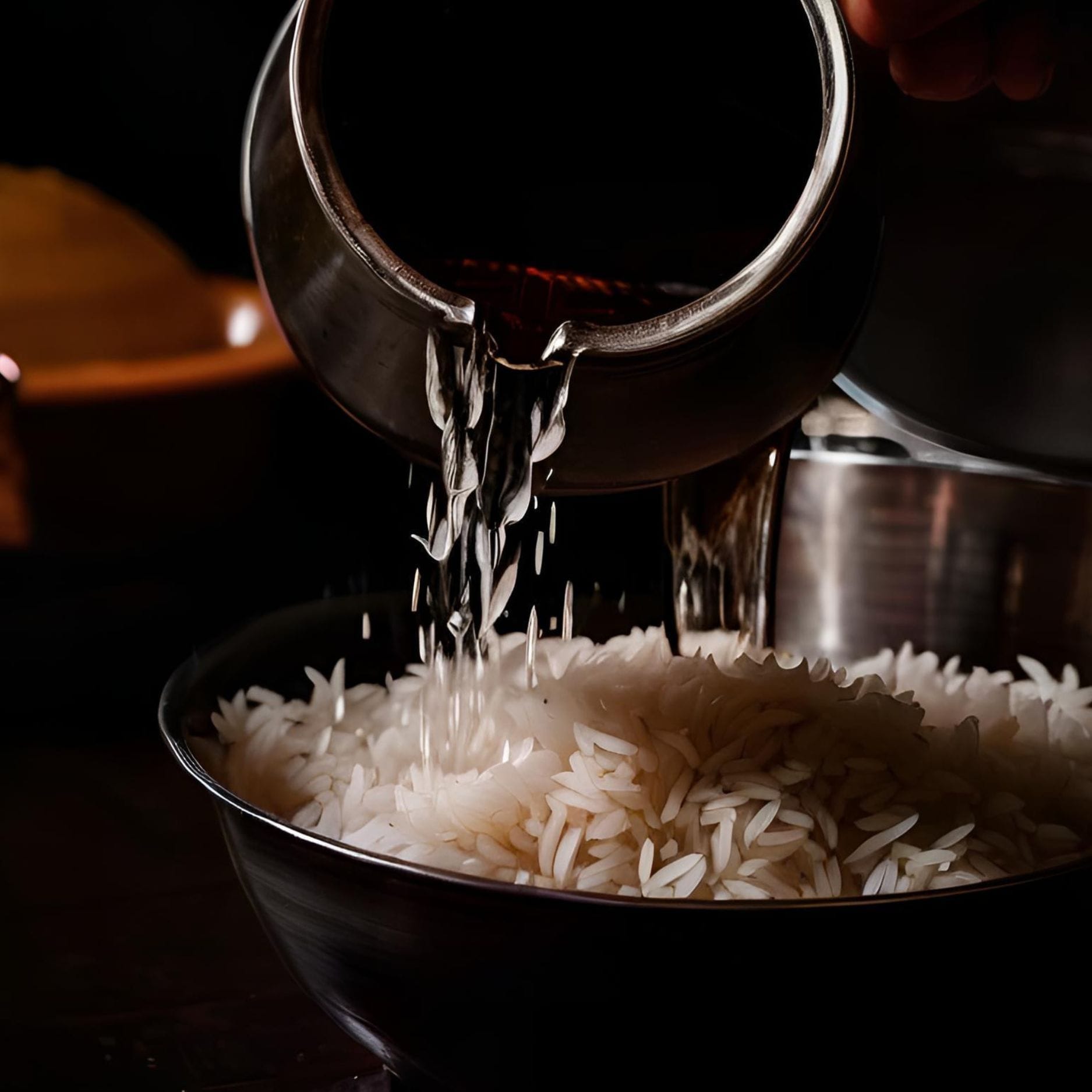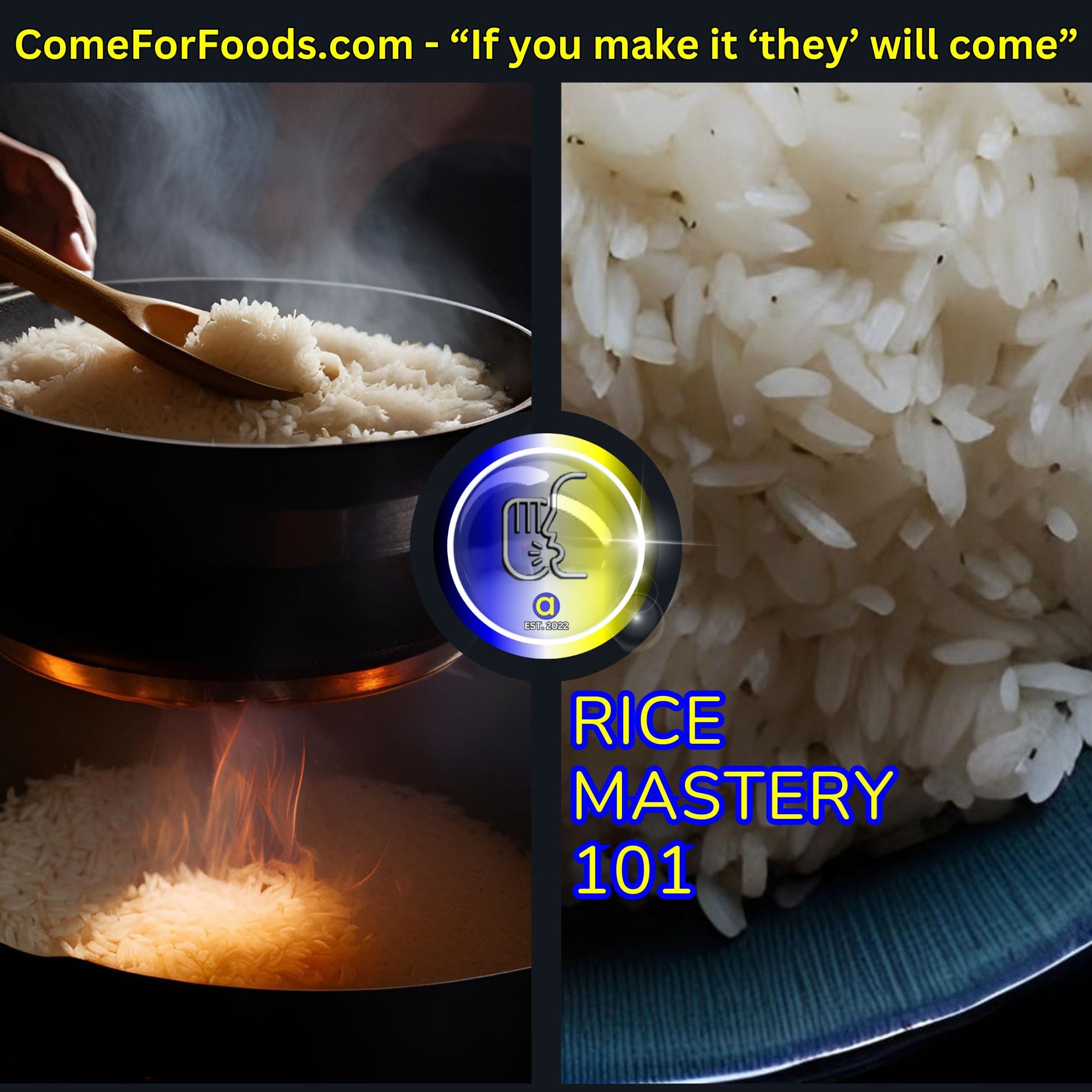"allthepeoplesay" around the world
Whether you're a novice in the kitchen or a seasoned chef, mastering the art of cooking rice can elevate your culinary skills. This guide will walk you through the essential steps, ensuring your rice is fluffy and delicious every time.
Key Takeaways:
Understanding the water-to-rice ratio is crucial for perfect rice.
Timing and temperature control are key to achieving the desired texture.
Different types of rice require specific cooking methods.

How Long Does It Take?
Ah, the age-old question that has puzzled many a home cook: how long does it take to cook rice? Well, my friend, the answer is as varied as the grains themselves! Whether you’re a fan of fluffy basmati, sticky sushi rice, or the hearty brown variety, each type has its own timeline to perfection.
Generally, white rice takes about 18 to 20 minutes to cook, while brown rice can take a bit longer, around 40 to 45 minutes. But remember, these are just guidelines, not rules set in stone. The key is to keep an eye (and maybe a watch) on your pot, and before you know it, you’ll be on your way to rice nirvana!
How Do I Know It Will Turn Out Right?
Now, let's tackle the million-dollar question: how do you know if your rice will turn out just right? Fear not, for I have a few trusty tips up my sleeve! First, it's all about the water-to-rice ratio (Keep reading to find out that ratio). Next, resist the urge to peek! Keep that lid on tight to trap the steam and let it work its magic. I like to us a pot with a glass lid.
Lastly, let your rice rest for a few minutes after cooking. This little nap allows the grains to settle and absorb any remaining moisture. Follow these steps, and you’ll be serving up perfect rice that’s sure to impress even the pickiest of dinner guests!
What Are the Steps for Cooking Rice?
Cooking rice is a straight-forward process, but it requires attention to detail. Begin by selecting the type of rice you wish to cook. Each variety, from basmati to jasmine, has its unique characteristics and cooking requirements. Rinse the rice under cold water to remove excess starch, which can make the rice sticky. This step is crucial for achieving a light and fluffy texture.
Once rinsed, combine the rice with water in a pot. The amount of water will depend on the type of rice and the desired consistency. Bring the mixture to a boil over medium heat, then reduce the heat to low and cover the pot with a tight-fitting lid. Allow the rice to simmer until all the water is absorbed. This method ensures even cooking and prevents the rice from burning.

How Much Water Do I Need for 1 Cup of Rice?
The water-to-rice ratio is the cornerstone of perfect rice. For most types of rice, the standard ratio is 2 cups of water for every 1 cup of rice. This ratio works well for long-grain white rice, providing a fluffy texture without being too dry or mushy. However, this can vary depending on the type of rice and personal preference.
For example, brown rice, which has a tougher outer layer, requires more water—typically 2.5 cups of water per cup of rice. On the other hand, jasmine rice, known for its fragrant aroma, may need slightly less water, around 1.75 cups per cup of rice. Adjusting the water ratio allows you to tailor the texture to your liking, whether you prefer your rice firm or soft.
What Is the Ratio of Water to Rice?
The ratio of water to rice is a guiding principle that can make or break your dish. For most long-grain white rice, a 2:1 water-to-rice ratio is ideal. This ensures the rice is cooked through without being overly wet. For short-grain rice, which tends to be stickier, a 1.5:1 ratio may be more appropriate.
Different types of rice require different ratios. For instance, wild rice, which is not technically rice but a grass, needs a 3:1 ratio due to its tough outer shell. Experimenting with these ratios can help you discover the perfect balance for your taste and the specific type of rice you're using.
How Long Should I Boil Rice For?
Timing is everything when it comes to cooking rice. Once the water reaches a rolling boil, reduce the heat to low and cover the pot. For white rice, the cooking time is generally around 18-20 minutes. This duration allows the rice to absorb the water fully and cook evenly without becoming mushy.
Brown rice, with its denser texture, requires a longer cooking time, typically 40-45 minutes. It's important to resist the temptation to lift the lid during cooking, as this can release steam and disrupt the cooking process. Once the time is up, remove the pot from the heat and let it sit, covered, for an additional 5 minutes. This resting period allows the rice to finish cooking and absorb any remaining moisture.
What Is the Rule for Cooking Rice?
The golden rule for cooking rice is to maintain a consistent temperature and avoid stirring once the lid is on. Stirring can release starch and make the rice sticky. Instead, let the rice cook undisturbed, allowing the steam to do its work. This method ensures each grain is cooked evenly.
Another important rule is to let the rice rest after cooking. This resting period, usually around 5-10 minutes, allows the rice to firm up and absorb any remaining moisture. Fluff the rice with a fork before serving to separate the grains and enhance the texture.
What Are the Four Steps of the Rice Method?
The rice method can be broken down into four simple steps: rinse, boil, simmer, and rest. Rinsing the rice removes excess starch, which can cause clumping. Boiling the rice initiates the cooking process, while simmering allows the rice to absorb the water gradually.
The final step, resting, is crucial for achieving the perfect texture. During this time, the rice continues to cook in its own steam, ensuring each grain is tender and fluffy. By following these steps, you can consistently produce perfectly cooked rice.
How to Cook Rice Step by Step Without a Rice Cooker
Cooking rice involves a series of steps that, when followed correctly, yield delicious results. Start by measuring the rice and water accurately. Rinse the rice under cold water to remove any impurities and excess starch. This step is essential for achieving a light and fluffy texture but often the step that is forgotten or unknown.
Once rinsed, combine the rice and water in a pot and bring it to a boil. Reduce the heat to low, cover the pot, and let the rice simmer until all the water is absorbed. After cooking, let the rice rest for a few minutes before fluffing it with a fork. This simple process ensures perfectly cooked rice every time.
Summary
Cooking rice is a fundamental skill that can elevate your culinary repertoire. By understanding the water-to-rice ratio, timing, and temperature control, you can consistently produce perfectly cooked rice. Whether you're cooking white, brown, or jasmine rice, following these steps will ensure delicious results every time.

Can I cook rice without rinsing it first?
While it's possible to cook rice without rinsing, rinsing removes excess starch and impurities, resulting in a fluffier texture.
How can I prevent my rice from sticking to the pot?
To prevent sticking, ensure you're using the correct water-to-rice ratio and avoid stirring the rice during cooking.
Can I use broth instead of water to cook rice?
Yes, using broth instead of water can add flavor to your rice. Just be mindful of the salt content in the broth to avoid over-seasoning.
Keep Calm, Cook and Sip...
Have Fun...Smile...Be Happy - KDII
"We hope these recipes bring joy to you and your loved ones. We are Proud Brand Ambassadors and Amazon Associates. We may earn compensation on qualifying purchases of cooking equipment through our links at absolutely no extra cost to you!
AI Content Disclosure: This article includes content partially generated by artificial intelligence. While AI tools have been utilized to assist in the creation process, ALLthePEOPLEsay has thoroughly reviewed and edited the material to ensure its accuracy and quality.







